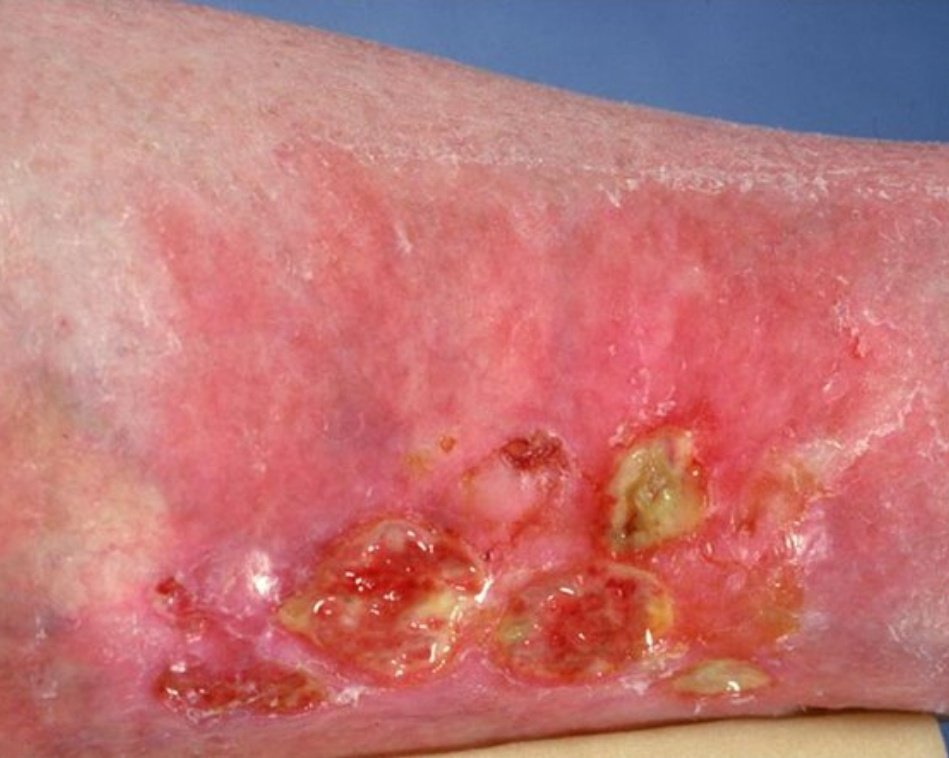
Iron metabolism & IDA:
1. Transferrin (iron binding protein in plasma) has two iron-binding sites & exists in 3 forms: apotransferrin (not bound to iron), monoferric & diferric forms: diferric has the highest affinity for Tf receptors.
1. Transferrin (iron binding protein in plasma) has two iron-binding sites & exists in 3 forms: apotransferrin (not bound to iron), monoferric & diferric forms: diferric has the highest affinity for Tf receptors.
2. Developing erythroblasts have the highest number of Tf receptors
3. Normally adult male & female need to absorb 1 mg & 1.4 mg elemental iron respectively to meet needs
4. No regulated pathway of iron excretion, lost by blood loss or loss of epithelial cells.
3. Normally adult male & female need to absorb 1 mg & 1.4 mg elemental iron respectively to meet needs
4. No regulated pathway of iron excretion, lost by blood loss or loss of epithelial cells.
5. Heme iron is most readily absorbed.
6. Hepcidin regulates iron absorption by controlling the activity of ferroprotein.
7. Erythroferron: Suppresses hepcidin level to increase iron absorption in states of erythroid hyperplasia.
6. Hepcidin regulates iron absorption by controlling the activity of ferroprotein.
7. Erythroferron: Suppresses hepcidin level to increase iron absorption in states of erythroid hyperplasia.
8. Stages of IDA: negative iron balance-->iron-deficient erythropoiesis-->iron-deficiency anemia
9. IDA in adult male or post menopausal female is due to GI blood loss until proven otherwise.
10. Lab Dx: low ferritin, serum iron & Tsat, high TIBC & protoporphyrin level, MCHC PS.
9. IDA in adult male or post menopausal female is due to GI blood loss until proven otherwise.
10. Lab Dx: low ferritin, serum iron & Tsat, high TIBC & protoporphyrin level, MCHC PS.
11. Serum ferritin is sensitive marker of early iron depletion.
12. Cause of IDA must be sought & treated in parallel with iron supplement. T/t should aim to correct anemia plus replenish the iron storage.
#hematology
#medicine
#MedTwitter
@DoctorBhavsar
@Dactoristic
12. Cause of IDA must be sought & treated in parallel with iron supplement. T/t should aim to correct anemia plus replenish the iron storage.
#hematology
#medicine
#MedTwitter
@DoctorBhavsar
@Dactoristic
• • •
Missing some Tweet in this thread? You can try to
force a refresh





